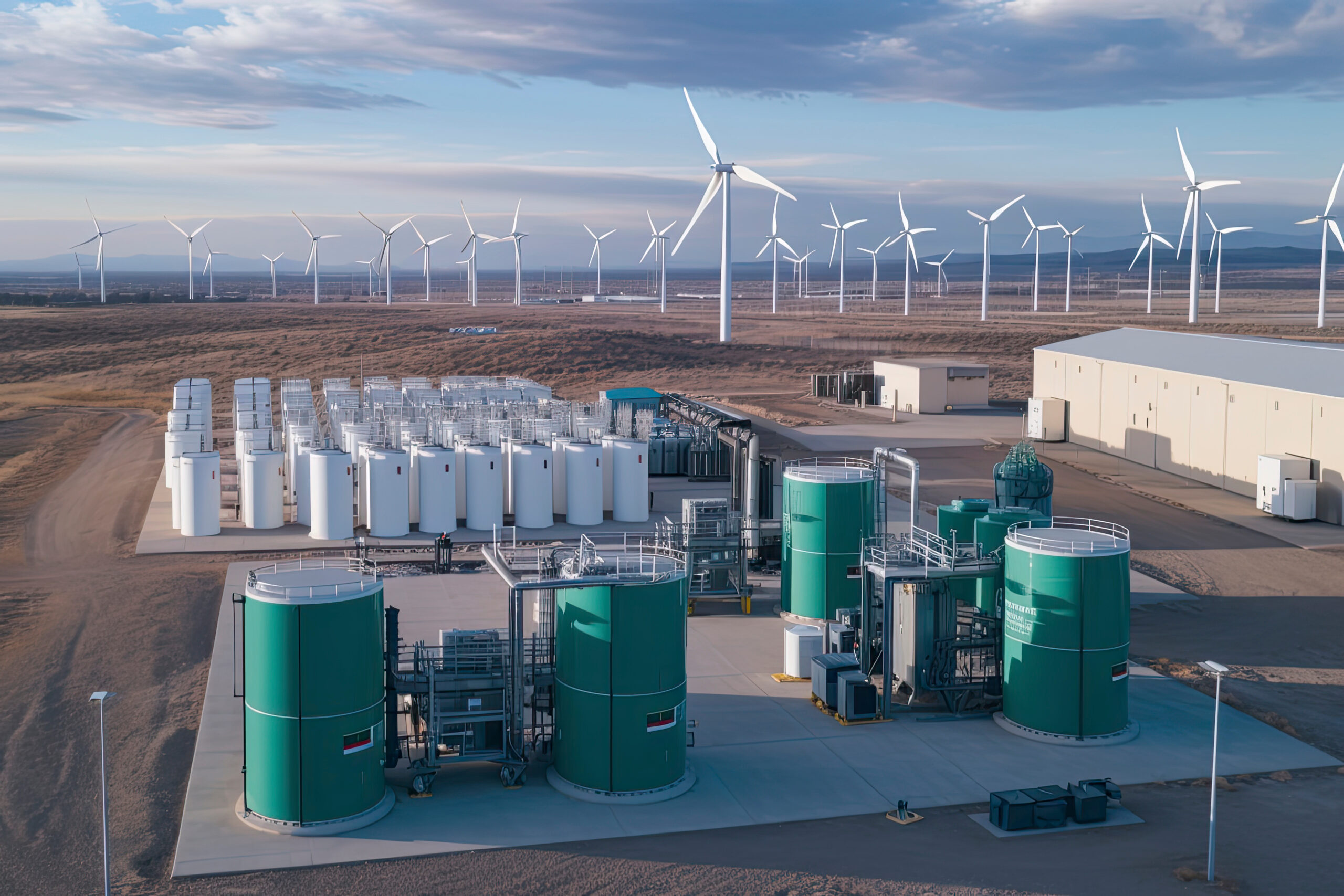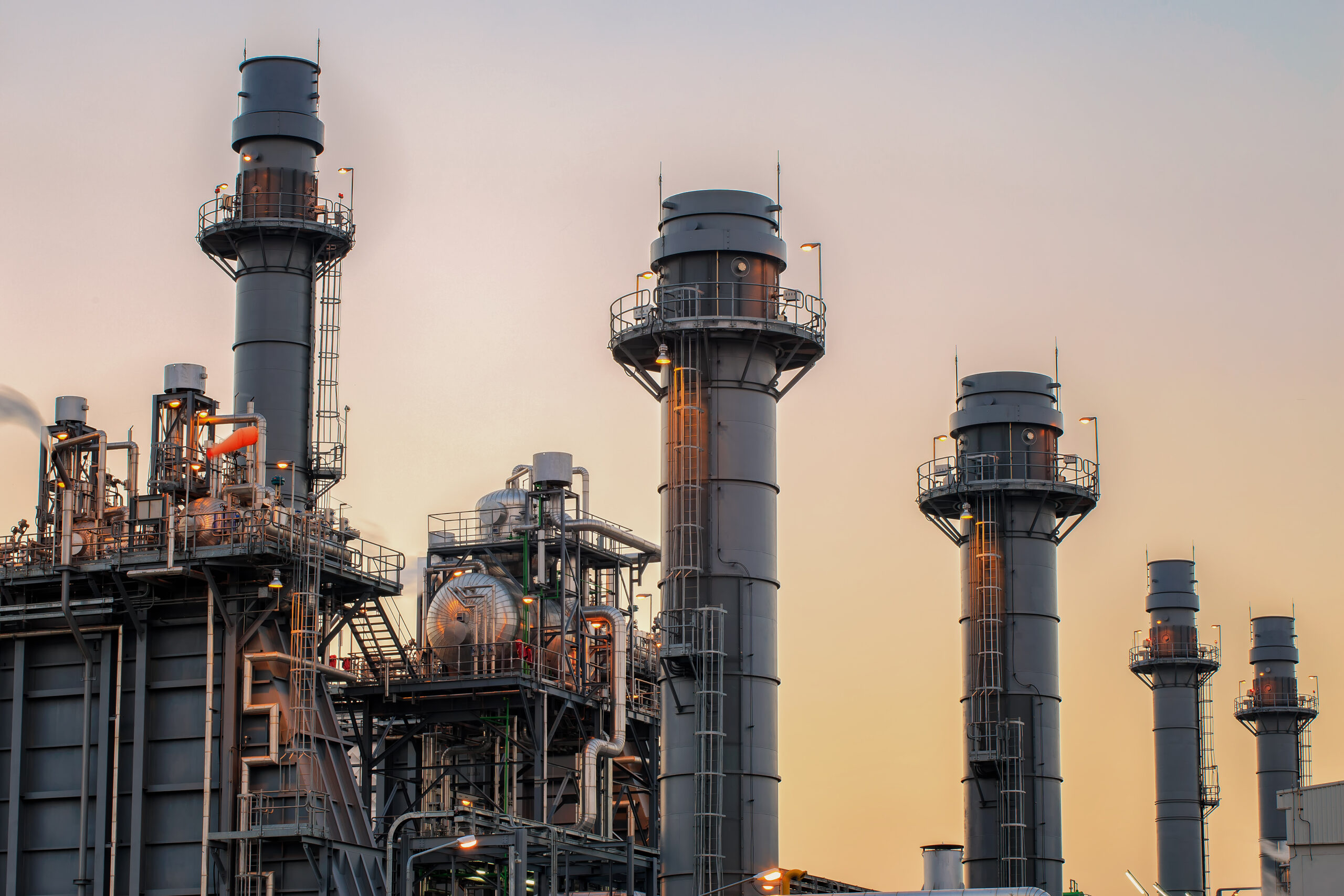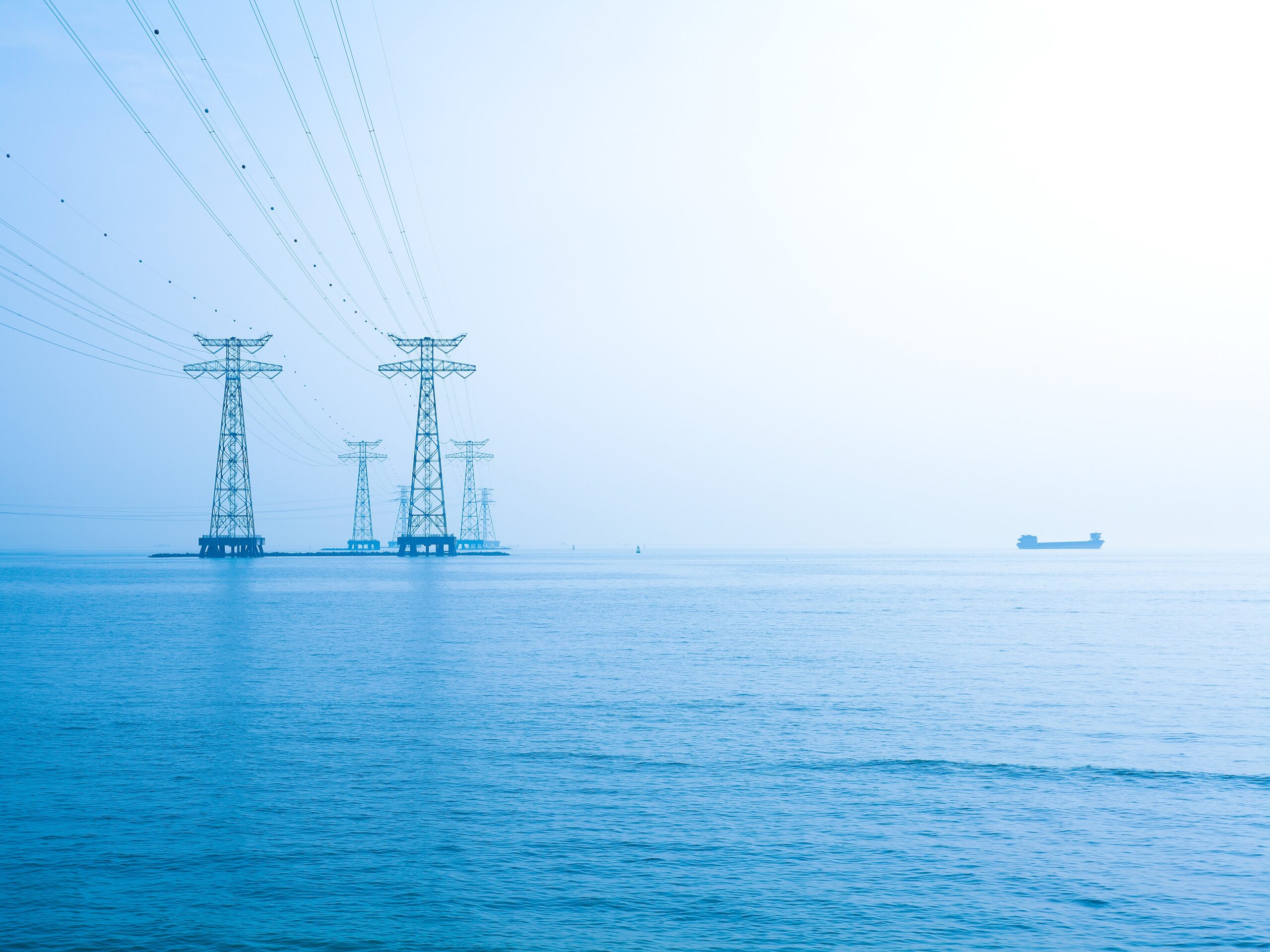Policy makers across Europe are relying on growth in wind generation to underpin the replacement of thermal capacity. Wind’s role is key for decarbonisation of power markets and enabling electrification of other sectors. It is also key for security of supply as ageing thermal assets close and system demand increases.
Up until 2022, European wind deployment appeared to be on a sustainable and accelerating growth path. Policy & PPA support, technological innovation and fierce competition had caused an impressive decline in the cost of wind projects.
This trend has been disrupted across the last 12-18 months with costs rising, projects being cancelled and major developers facing large asset writedowns (e.g. Orsted, Equinor & BP) and turbine manufacturers suffering sharp declines in equity value (e.g. Vestas, Siemens Energy).
In today’s article we look at some major challenges the wind industry is facing, summarised in Table 1. We also explore how these issues are likely to be temporary and what the impact may be on flexible asset returns.
1. Rising cost of capital
Wind projects are highly capital intensive. This means investment economics are very sensitive to cost of capital. Two issues have driven a rapid rise in cost of capital across the last year:
- Surging interest rates, after over a decade of low (or even negative) rates
- An increasing wind investment risk premium given more recent turbine component engineering challenges (see 3 below).
Higher cost of capital directly flows through into a higher required price to develop new wind projects. This has contributed to cancellation of projects in both Europe (e.g. Vattenfall cancelling the 1.4GW Boreas offshore wind farm in UK) and the US (e.g. Orsted’s recent cancellation of 2 large New Jersey offshore wind projects).
As a mitigating factor, cost of capital now appears to be stabilising i.e. this is unlikely to be an ongoing trend.
2. Rising cost of materials
A significant portion of wind project costs are driven by commodity inputs. This means project developers have a high exposure to raw & refined input commodity costs e.g. steel, copper, freight.
Post Covid supply chain issues have driven up the cost of inputs, reinforced by policy response that has been targeted at developing more renewable energy. Supply chain and cost inflation issues have been easing in 2023, but costs remain significantly higher than pre-Covid levels. For example, Orsted has specifically referenced material supply chain issues in its decision to cancel recent wind projects and pull out of a Norwegian offshore wind consortium.
3. Engineering challenges
Relentless pressure to drive down costs has started to cause a substantial increase in wind asset component issues & failures. The most high-profile issues have been with the rotors & bearings of Siemens turbines (with Siemens taking a €2.2bn writedown in Aug 2023 and forecasting a €4.5bn loss for the year). But engineering issues may be much broader.
There is rapid & impressive innovation across the wind industry which will likely address these issues. But this can take time to resolve and have a real cost impact on wind investors & developers in the meantime. Component maintenance & replacement is particularly expensive for offshore wind projects. Allowances for higher maintenance costs are feeding through into new wind project economics.
4. Planning & connection issues
Most European power markets have major issues with planning and connection of wind projects that are delaying deployment and increasing costs. This is particularly acute for onshore wind which has become highly politicised.
A common source of these issues is a planning & connection approval process that has not been designed to cope with the huge volumes of renewable project applications required to support rapid energy transition. In most countries, projects require the approval of multiple authorities (from local to federal), many of which are under-resourced.
The mitigating factor here is that policy focus on addressing delays has ramped up significantly as a result of the energy crisis e.g. the EU’s recently announced Wind Power Action Plan.
5. Policy support rigidity
Policy support mechanisms need to be adapted to reflect challenges 1 to 4 above. The first 3 challenges relate to higher project costs which result in at least a temporary requirement for higher levels of policy support. The clearest recent example of this was the failure of the last UK offshore wind auction round to secure any capacity given a cap price set too low.
There is also a challenge with who bears the risk of cost increases over time given the structure of policy support contracts. An example of this is inflation indexation. In some cases there is no indexation e.g. Germany. In other cases, indexation is to CPI which has not kept pace with the cost increases impacting wind projects.
The good news is policy makers are strongly incentivised to do something about these 5 challenges and appear to be reacting.
Efficient policy response required
European energy policy is in a dangerous position. Policy makers have backed wind deployment to do much of the heavy lifting to achieve both decarbonisation and security of supply. But the 5 challenges above are starting to have a tangible impact in slowing the pace of wind capacity growth.
Policy mechansims need to evolve quickly to reflect the challenges above in order to avoid the risk of major security of supply issues later this decade. Signs are that policy makers are recognising this e.g. the recently announced EU Wind Power Action Plan targeting faster permitting & easier access to finance and the UK increasing the cap price for its next offshore wind auction by 66% last week.
The challenges facing wind represent a ’road hump’ not a ‘road block’. All of the five issues we list above are likely to be temporary, albeit with different time horizons for resolution. Markets and supply chains adjust. Policy makers respond, particularly with the energy crisis still fresh in everybody’s mind.
In the meantime there may be a real impact over the next 2-3 years of a slowing in the pace of wind deployment. Most of the 5 challenges above are also impacting solar projects and are set to slow PV deployment as well.
To finish, lets consider the potential impact of this slowdown in renewable investment on flex asset investors.
5 impacts on flex asset investors
Renewable deployment is an important driver of the investment case for flexible assets e.g. storage, peakers, demand response, electrolysers, flexible biomass, CCGTs & interconnectors.
Our modelling analysis shows the impact of a slowing in the pace of renewable deployment on flexible asset returns is quite nuanced.
We set out 5 takeaways to consider in Table 2.
The long term investment cases for flexible assets remain strongly supported by increasing wind & solar deployment. But investors need to a framework to understand the potential impacts of a temporary slowdown in renewable deployment this decade.
Want to hear more about the impact of renewables of battery margins in Germany? Join our webinar next week (see below).
————————————————————————————–
Join our upcoming webinar
Title: “The next frontier” – The drivers behind a surge in German battery investment
Date: Tues 28th Nov 09:00 GMT (10:00 CET, 16:00 SGT)
Registration link here, free to attend
Focus:
- Fundamental value drivers (e.g. RES growth, thermal retirements)
- DE BESS revenue stack breakdown & backtest
- How the within-day market is driving value capture
- Financing & offtake structures
- Key policy & investment risks



